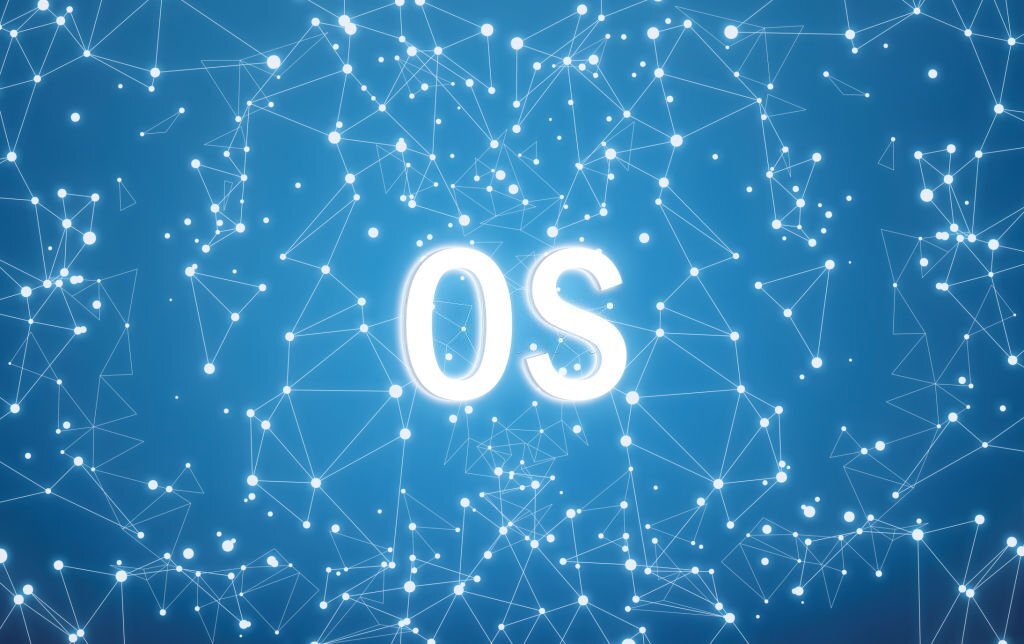An operating system (OS) is a fundamental software component that manages computer hardware resources and provides essential services for computer programs. It serves as an intermediary between the hardware and the software, ensuring that programs can run efficiently and securely on a computer or computing device. Here are the key functions and components of an operating system:
Process Management:
Process Scheduling: The OS decides which processes (programs or tasks) get access to the CPU and for how long. It manages the execution order of processes to ensure fairness and efficient resource utilization.
Process Creation and Termination: The OS handles the creation, execution, and termination of processes, including memory allocation and resource management.
Memory Management:
Memory Allocation: The OS allocates and manages memory for processes, ensuring that each process has access to the necessary memory resources without interfering with others.
Virtual Memory: It provides the illusion of a larger memory space by using a combination of physical RAM and disk storage.
File System Management:
File I/O: The OS provides a set of services for reading from and writing to files on various storage devices. It manages file access permissions and ensures data integrity.
File System Structure: It defines the organization of files and directories, offering a hierarchical structure for easy data management.
Device Management:
Device Drivers: The OS includes device drivers that communicate with hardware devices such as printers, disk drives, keyboards, and network adapters. These drivers enable software programs to interact with hardware devices in a standardized way.
I/O Management: It manages input and output operations, ensuring that data is transferred efficiently between software and hardware.
Security and Access Control:
User Authentication: The OS provides mechanisms for user authentication and authorization, controlling who can access the system and its resources.
Data Protection: It enforces security policies and ensures data privacy and integrity through access controls and encryption.
Networking:
Network Stack: The OS includes networking protocols and services, allowing devices to communicate over networks. This includes handling network connections, data routing, and socket management.
User Interface:
Graphical User Interface (GUI): Some modern operating systems offer a graphical interface that allows users to interact with the computer using windows, icons, menus, and pointers (WIMP).
Command-Line Interface (CLI): The OS often includes a text-based command-line interface for advanced users and system administrators to execute commands and scripts.
Error Handling and Recovery:
Error Detection: The OS monitors hardware and software for errors and issues, providing error messages and logs.
Fault Tolerance: It may include mechanisms for fault tolerance and recovery, such as system backups and redundancy.
System Utilities:
The OS typically includes a set of utility programs for system maintenance, diagnostics, and performance monitoring.
Kernel:
It provides essential services and manages hardware resources directly. The kernel operates in a privileged mode to ensure system stability and security.
Common examples of operating systems include:
Microsoft Windows
Linux
macOS
Unix
Android (for mobile devices)
iOS (for Apple mobile devices)
Different operating systems are used for various types of devices, from desktop and laptop computers to servers, embedded systems
